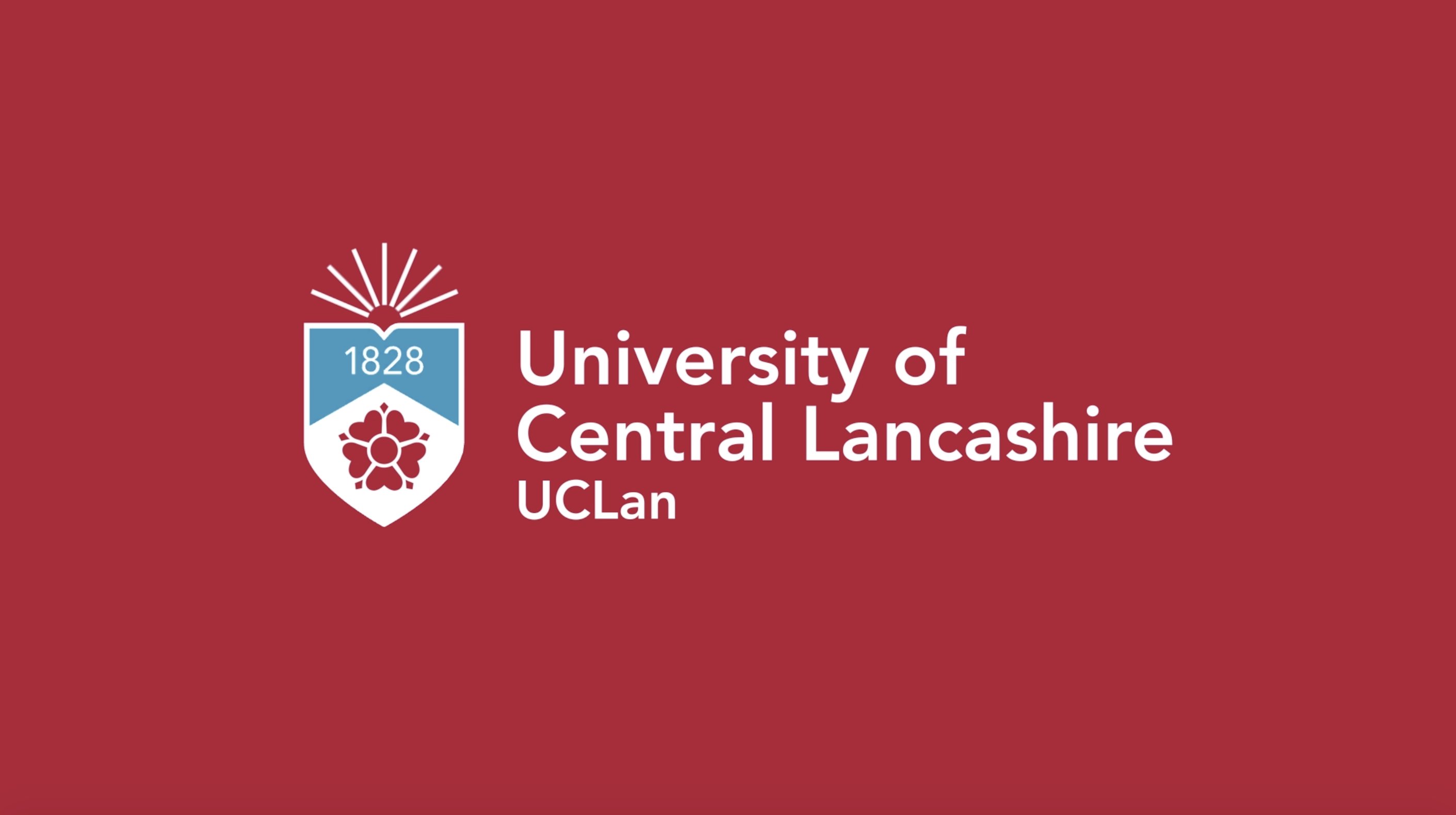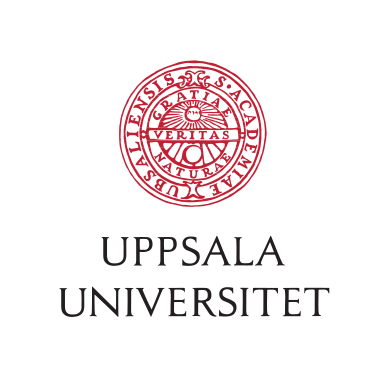Additive Manufacturing: Pioneering the Future of Engineering
Unlock the world of innovation with Additive Manufacturing, a revolutionary field that's transforming industries from aerospace to healthcare. For Indian students aspiring to lead in global engineering, studying abroad in this cutting-edge discipline opens doors to advanced technologies and international careers.
What is Additive Manufacturing?
Additive Manufacturing (AM), commonly known as 3D printing, is a process of creating three-dimensional objects layer by layer from digital designs. Unlike traditional subtractive methods like machining, which remove material from a solid block, AM builds objects by adding material precisely where needed. This technology minimizes waste, enables complex geometries, and accelerates prototyping.
In today's fast-paced world, AM is at the heart of Industry 4.0. It's used to produce lightweight aircraft parts, custom medical implants, and even architectural models. For students from India, where the manufacturing sector is booming under initiatives like Make in India, mastering AM can bridge the gap between traditional engineering and futuristic innovation.
Why Study Additive Manufacturing Abroad?
Studying Additive Manufacturing overseas equips you with world-class facilities, expert faculty, and hands-on experience unavailable in many domestic programs. Countries like the USA, UK, Germany, and Australia lead in AM research, offering access to state-of-the-art labs and collaborations with giants like Boeing, Siemens, and GE.
- Global Exposure: Learn from diverse perspectives and international standards.
- Advanced Infrastructure: Work with industrial-grade printers and software like CAD/CAM tools.
- Career Boost: Degrees from top universities enhance employability in India's growing additive sector and abroad.
- Scholarships for Indians: Many programs offer funding through schemes like Fulbright or Chevening, easing financial burdens.
Imagine prototyping a drone component in a lab that's partnered with NASA—opportunities like this await Indian students who choose to study abroad.
Course Overview
This Master's or Bachelor's program in Additive Manufacturing typically spans 1-2 years, depending on the level and country. It's designed for engineering graduates or undergraduates with a background in mechanical, materials, or manufacturing engineering.
| Aspect | Details |
|---|---|
| Duration | 1 year (MSc) or 4 years (BEng) |
| Level | Undergraduate/Postgraduate |
| Prerequisites | Bachelor's in Engineering; IELTS/TOEFL scores; basic CAD knowledge |
| Tuition Fees (Approx.) | USD 20,000-40,000 per year (scholarships available) |
| Key Universities | MIT (USA), Imperial College London (UK), RWTH Aachen (Germany) |
Programs emphasize practical learning, with 60% lab work and projects. Indian students benefit from streamlined visa processes in countries like Canada, which prioritize STEM fields.
Curriculum Breakdown
The curriculum blends theory, design, and application, ensuring you're industry-ready. Here's a semester-wise outline for a typical MSc program:
Semester 1: Foundations
- Introduction to AM Technologies: Overview of processes like Fused Deposition Modeling (FDM), Selective Laser Sintering (SLS), and Stereolithography (SLA).
- Materials Science for AM: Study metals, polymers, ceramics, and composites used in 3D printing.
- CAD and Simulation: Hands-on with software like SolidWorks, ANSYS for design optimization.
- Mathematics for Manufacturing: Calculus, finite element analysis tailored to AM.
Semester 2: Advanced Techniques
- Process Optimization: Parameters affecting print quality, speed, and strength.
- Post-Processing and Quality Control: Techniques like heat treatment, surface finishing, and non-destructive testing.
- Sustainable AM: Eco-friendly materials and waste reduction—relevant for India's green manufacturing goals.
- Industry Case Studies: Analyze real-world applications in automotive (e.g., Tata Motors' adoption) and biomedical fields.
Semester 3: Specialization and Projects
- Electives: Choose from Bio-AM, Aerospace Applications, or Supply Chain Integration.
- Capstone Project: Design and print a functional prototype, often in collaboration with industry partners.
- Research Methods: Prepare for thesis on topics like multi-material printing.
Throughout, you'll engage in group projects simulating global teams, fostering skills vital for multinational companies.
Skills You'll Gain
By the end of the course, you'll possess a toolkit that's highly sought after:
- Technical Proficiency: Expertise in AM software, machine operation, and troubleshooting.
- Innovative Design: Ability to create complex, topology-optimized parts.
- Problem-Solving: Analyzing failures in prints and iterating solutions.
- Sustainability Focus: Integrating green practices, aligning with India's environmental policies.
- Soft Skills: Communication for presenting prototypes, teamwork in international settings.
These skills translate directly to roles in India's burgeoning AM market, projected to reach USD 1 billion by 2025.
Career Prospects for Indian Students
Additive Manufacturing graduates are in high demand globally. In India, companies like Reliance, Larsen & Toubro, and startups in Bengaluru's tech hub are adopting 3D printing for rapid production.
Top Job Roles:
- AM Engineer: Design and oversee printing processes (Salary: INR 8-15 lakhs starting).
- Product Development Specialist: Innovate custom solutions for healthcare or automotive.
- Research Scientist: Work on R&D at institutions like IITs or abroad.
- Consultant: Advise on AM integration for Make in India projects.
- Quality Assurance Manager: Ensure compliance with ISO standards.
Studying abroad boosts your resume—many returnees secure positions at MNCs or start ventures with government support like Startup India. Post-study work visas in the UK (2 years) or Australia (up to 4 years) allow gaining experience before returning home.
Challenges and How to Overcome Them
As an Indian student, adapting to a new culture might seem daunting, but universities offer dedicated support:
- Academic Adjustment: Bridge courses for international students.
- Financial Planning: Part-time jobs and scholarships cover living costs (e.g., USD 10,000-15,000/year).
- Networking: Join Indian student societies for community and mentorship.
Success stories abound: Alumni from programs like these have pioneered AM in Indian defense, reducing import dependencies.
Eligibility and Application Tips
To apply:
- Academic Requirements: Minimum 60% in Bachelor's; GRE for some US programs.
- Language Proficiency: IELTS 6.5+ or equivalent.
- Documents: SOP highlighting your interest in AM, LORs, resume.
- Deadlines: Apply 6-12 months in advance for fall intake.
Our study abroad counselors can guide you through personalized applications, visa prep, and university selection.
Take the Next Step
Embrace Additive Manufacturing to shape tomorrow's world. For Indian students, this isn't just a course—it's a gateway to global leadership in engineering. Contact us today to explore programs and scholarships tailored for you.




